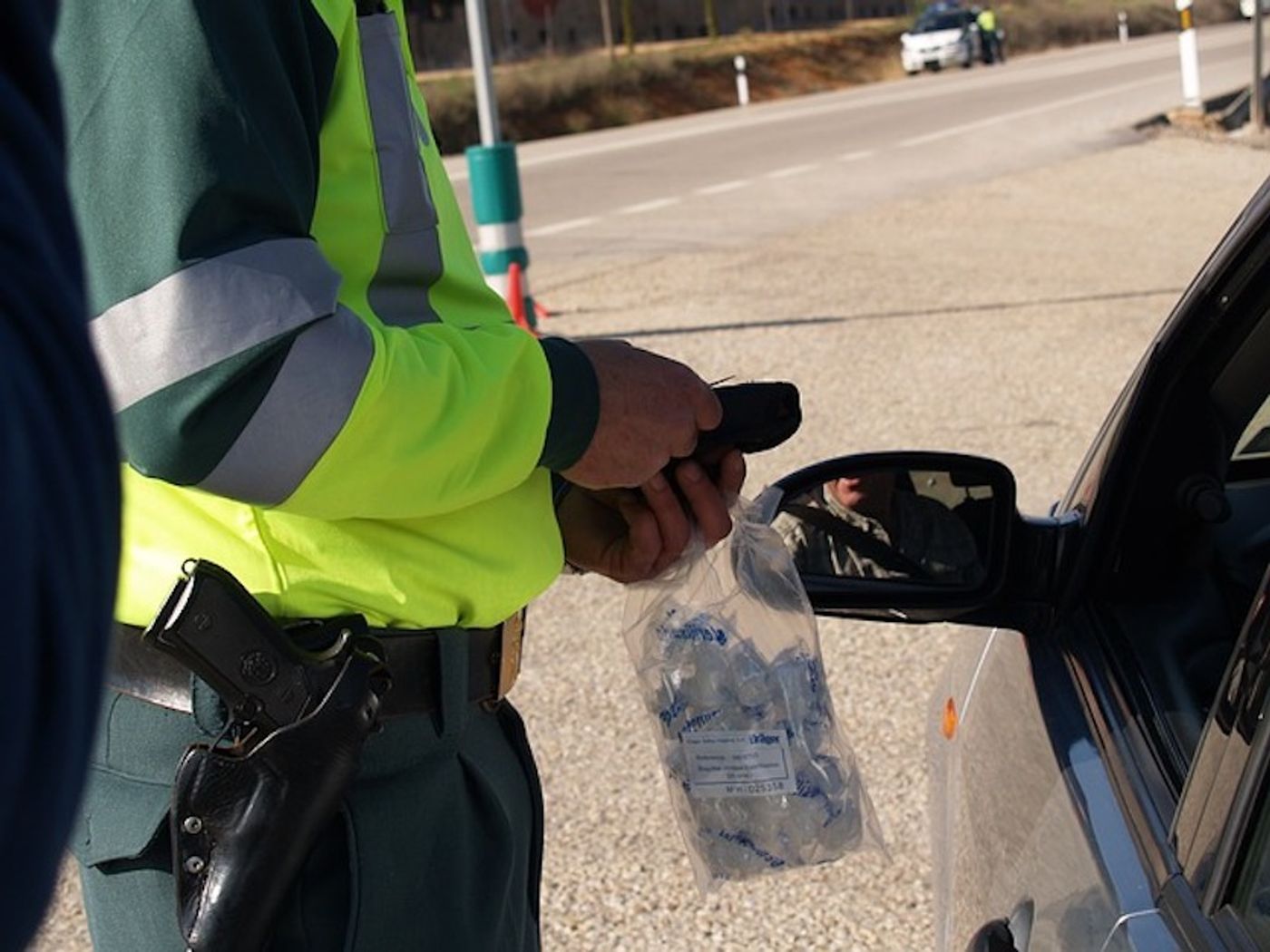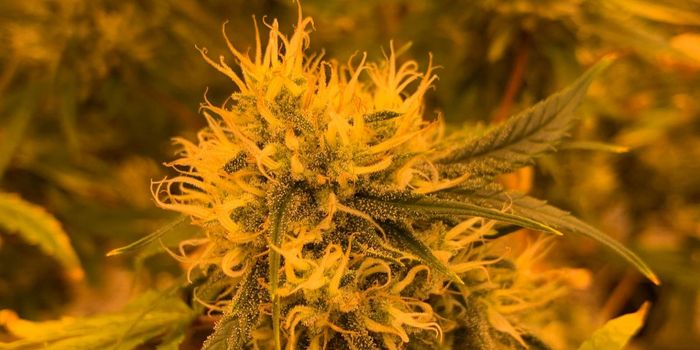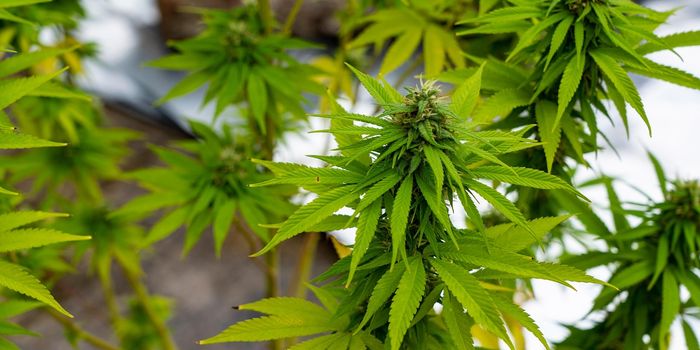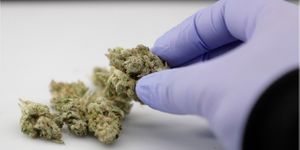Driving While Stoned
Drunk driving has been known for decades to lead to serious, life-threatening accidents. Driving while under the influence (DUI) charges can be harsh, with some drivers losing their license, and some (in states like Arizona) having mandatory ignition interlock devices put on their cars after the first offense. I do not, in my 30-odd years ever remember a debate about the legality of drunk driving. Okay, so this is not really anything new, but it creates a template to follow for a new trend in today's society: stoned driving.
Source: UnSplash.com
However, it is harder to spot stoned drivers. It is not the same as testing for drunk driving, whose methods have been refined throughout the years. The breathalyzer test is probably the best-known device to help police identify drivers with a blood alcohol concentration (BAC) above the state's limit. There is no breathalyzer for marijuana. Colorado officers, who are encountering stoned drivers throughout the day, are being put through a training program in order to sharpen their skills at identifying stoned drivers from the rest of those on the road.
In Colorado, there is a limit on the amount of marijuana (or delta-9-tetrahydrocannabinol): 5 ng/ml of active THC in the blood. But to measure blood levels, the driver has to be hauled into a hospital for a blood test. Roadside assessments can be used to determine a cause for arrest for a DUI. However, this assessment can vary between officers. One officer interviewed on "CBS - This Morning" said that he used "varying speed" as a cue that the driver may be stoned.
Fifteen percent of Colorado's DUIs this past year has been due to marijuana, according to Colorado authorities. The training program in Colorado graduated twenty-five officers who can now be called "drug recognition experts". Nevertheless, the process for detecting a stoned driver is still a work in progress. A potential kink in this process is the fact that there are many factors that can influence (no pun intended) exactly how a person acts while high. These factors include tolerance, the percentage of THC in the strain smoked, and how long THC has been in the body. This makes detection a little more tricky than your typical drunk careening down the wrong side of the road.
Source: Pixabay.com
Despite this, there are some experimentally verified effects of THC on the capabilities needed to drive. Some various cognitive detriments include effects on attention, vigilance, and the perception of time and speed. Other studies that have used driving simulations to actually test drivers under the influence of marijuana have shown that stoned drivers cannot stay in their lane. In fact, this effect is not even noticed by the driver! Therefore he cannot even try to compensate or correct his driving. Other studies have found poorer monitoring of the speedometer under the influence of marijuana, increased decision time when passing, increased time needed to brake when a light suddenly changes, and increased time to respond to a changing light or sudden sound. Drivers also crashed more frequently into a sudden obstacle on a high dose of marijuana. So, while perhaps more difficult to spot, this is something worth keeping an eye on.
See the video below for more details on Colorado's training program.
Sources: I Drive Safely, LLC [US], YouTube.com, www.CBS.com, American Journal of Addiction, Science










